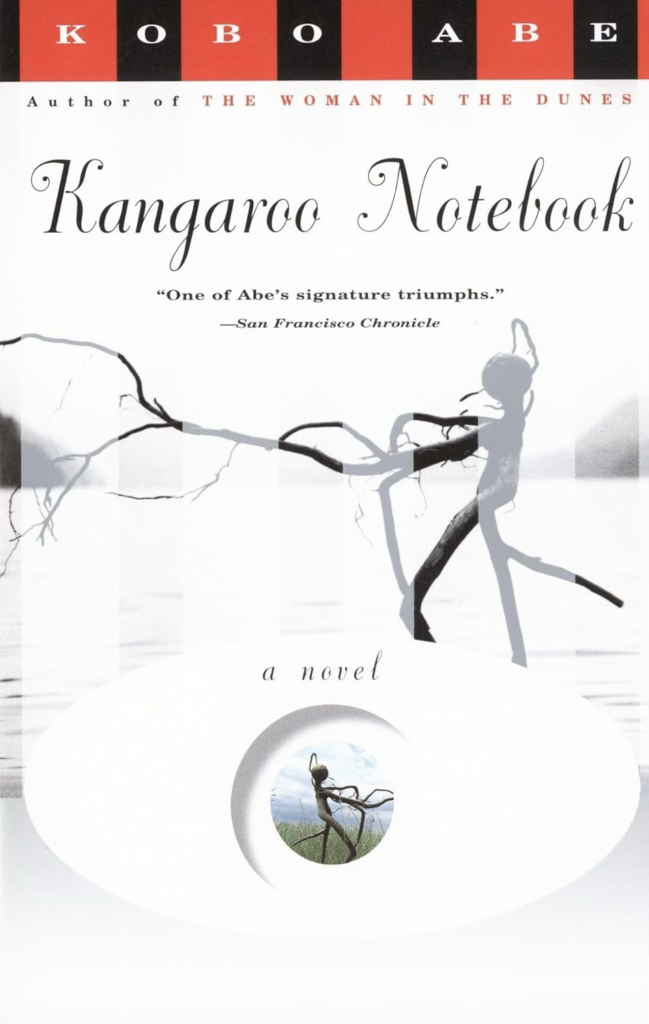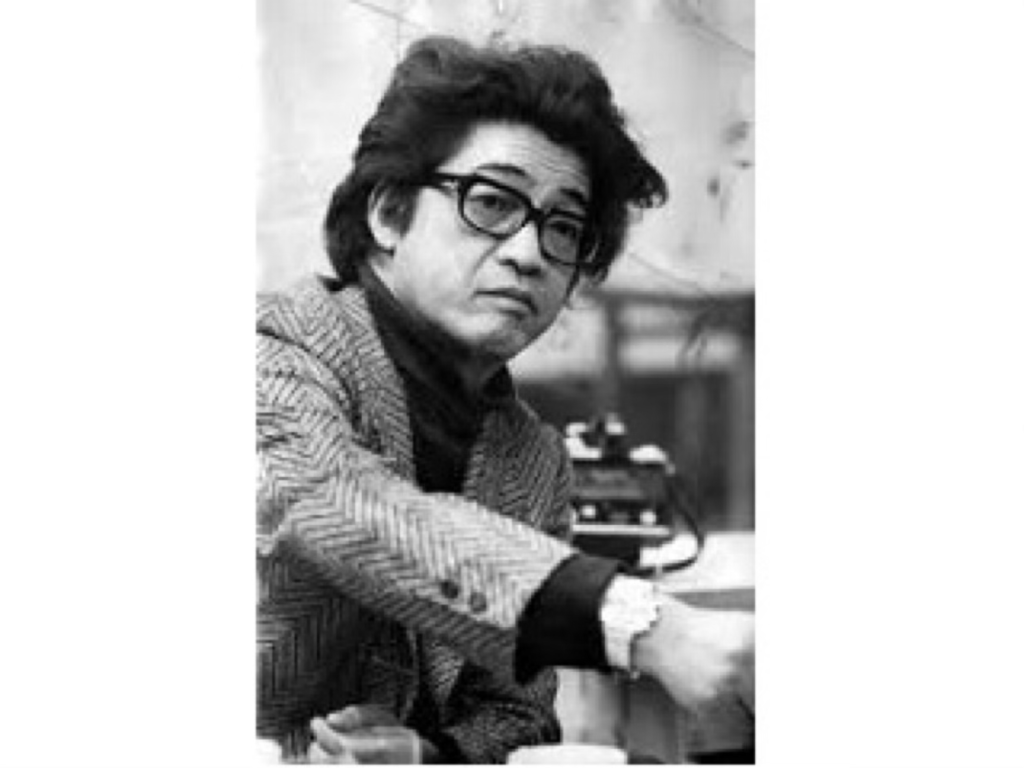
(Source: www.amazon.com.tr)
Kobo Abe (1924-1993) was a Japanese author, acting studio founder/teacher, musician. He studied medicine both because of the persuasion of his father who had a clinic, and also to avoid being enlisted for war.
After his father’s death in 1945, he started writing, and also married M.Yamada who was an artist and stage director. Their daughter was born in 1954. After various involvements and falling outs with the Communist Party, he founded an acting studio where he trained performers and directed plays while his wife worked on the production designs. The studio was a safe haven for young performers who needed a contemporary alternative to the traditional studios of the time. A pisces.
Abe was born in Tokyo, raised in Manchuria, and his mother was from Hokkaido. This trifocal identity of origin instilled in him a sense of being without a home, which runs as a current in all five of the books I’ve read by him- Woman in the Dunes (1962), The Ruined Map (1967), The Box Man (1974), Ark Sakura (1984), and the Kangaroo Notebook (1991). All five novels are dark, surreal, absurd and yet not without humor.
The main character of the Kangaroo Notebook continuously feels alien to his surroundings, forever moving from one temporary place to another- there are characters who appear familiar, but he cannot recall why, and they disappear and sometimes reappear. A female attraction (B), appears as three different characters, (A, B and C), and his conclusion is that in time the character has changed, and therefore he perceives them as separate.

(Soruce: www.nlrk.kz)
In the beginning of the book, the narrator realizes that there are cleft-leaved radish sprouts growing on his shins. He goes to a clinic, but they tell him they do not have a cure, but maybe hot sulphur springs may help. They strap him onto a bed, and anaesthetize him. From then on he keeps traveling with his bed through streets, through dark canals where he runs into child-demons, his dead mother, A and C. Then stays at a hospital, organizing euthanasia for a very sick patient, then plans his escape, finally arriving at a train station where he finds B waiting for him.
The self propelled bed appears every time he is in trouble, rescuing him, until it is crushed by a train while B and the sprout man wait for the circus to arrive. B sings a haunting song where kidnappers used to hunt kids, now kids hunt kidnappers, and ‘No one can remember where life began. Noone can recognize when life ends. But the festival begins, and the festival ends. The festival is not human life and human life is not a festival. That’s why kidnappers come along.’
As she is singing, the child demons appear and put the sprout man in a box; he does not struggle, thinking he can get out of it when he wants. Yet his corpse is found with non lethal self-inflicted wounds on the shins.
The whole story begins after he has to propose a project for his company, and he nonchalantly comes up with a Kangaroo Notebook idea. It may be said that this careless approach takes him into a journey which leads him to the bitter end- just like carelessly thinking he can get out of the box the child demons put him in takes him to his death.
It is interesting to note that even though there are separate characters in this novel, everything flows together like a river, everything smears on everything, everything merges into everything, and despite the surrealism, everything is tightly connected, and the novel flows wonderfully from beginning to end. Every absurd ‘sprout’ in the book is born ‘separate’ into the story, but every ‘sprout’ becomes part of the forest/river. All characters are miserable and lonely, yet, together they make sense. The sprout man, although sporadically, expresses deep longing and tenderness for humans- he is not one of those apathetic characters the contemporary writers seem to be so fond of.
It might be said that there is a hint of pedophilia in the book, as A and C are children, however the author wraps them up as versions of B who is an adult. Also sprout man diagnoses a sick patient in the hospital, saying incestuous behavior on his part is the reason for his impotency.
Abe in this book (similar to Alasdair Gray) may be carelessly marked as a misogynistic pervert, however on close inspection they are both aware of the trouble with their tendencies
shaped by the culture they were brought up in. This aspect is largely overlooked in haste for both authors. The doctor and the nurse figures who are also in the Box Man are probably Abe’s nod to his past in medicine, and his sober ‘surgical’ descriptions somewhat ground and supply needed contrast to the surrealism of the book. This is a ‘musical’ novel where the streams of consciousness do not become a jumble of random parts, but skillfully intertwined to the end.
‘You’re a fraud. I never heard my mother play the shamisen.’‘Once you’re in the other world, your tastes change. Especially if you have an unfilial son. Everything changes quickly. You don’t even remember my face, do you?’
‘Long ago kidnappers hunted for children,But every maze was marked with a number
And there was nowhere left to hide them.
So now all the kidnappers have retired
and children roam in search of them.
Now children hunt for kidnappers.’
‘No one can remember when life began.No one can recognize when life ends.
But the festival begins
And the festival ends.
The festival is not human life
And human life is not a festival.
That’s why kidnappers come along.
When the festival begins,
At dusk a kidnapper will arrive.’
Author: Kobo Abe
Translator: Maryellen Toman Mori
Title: Kangaroo Notebook
Published: 1997, by Alfred A. Knopf, Inc.
First published: 1991 (in Japan, titled Kangarū Nōto)
Pages: 183
